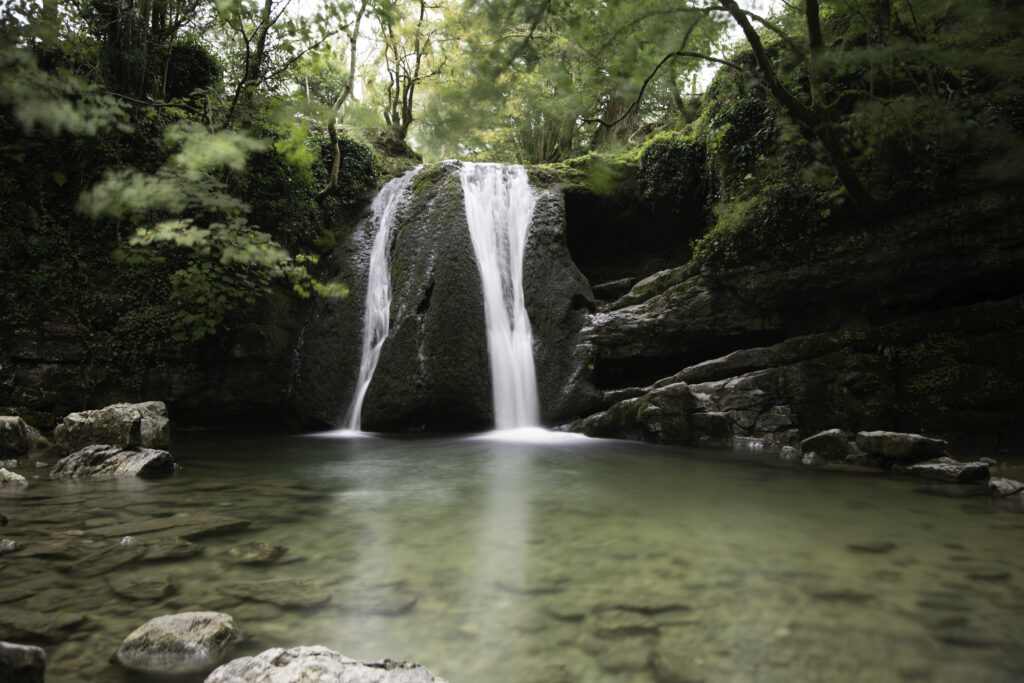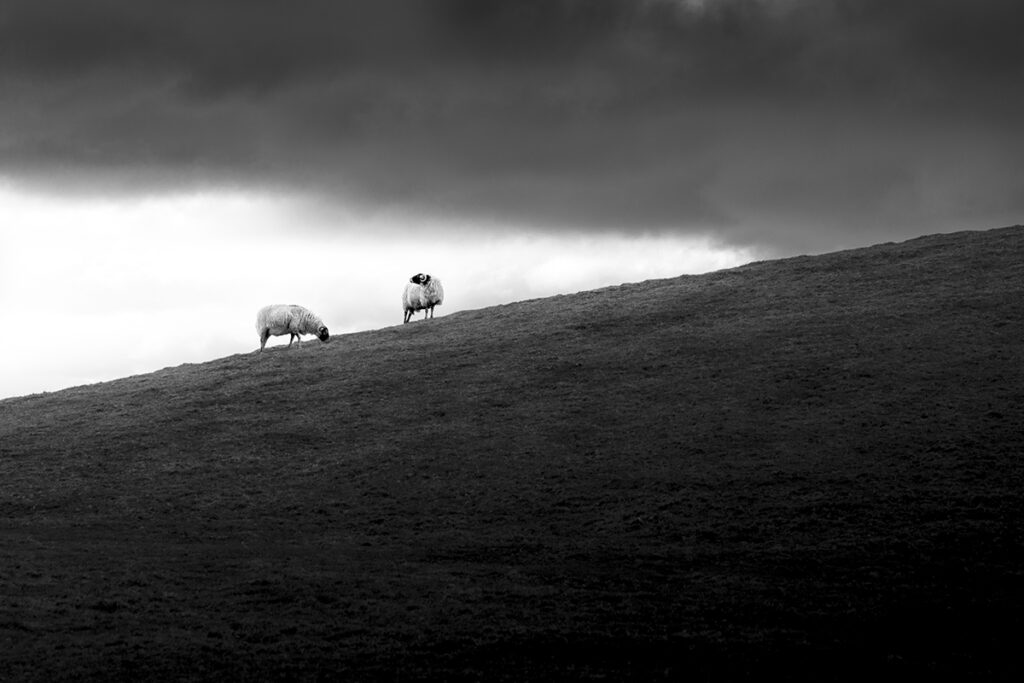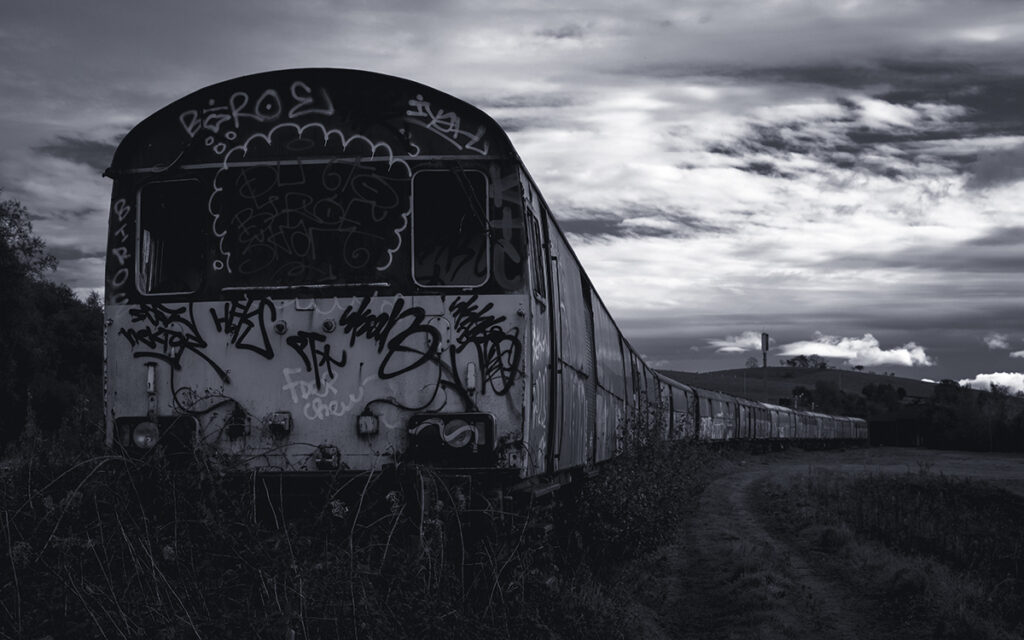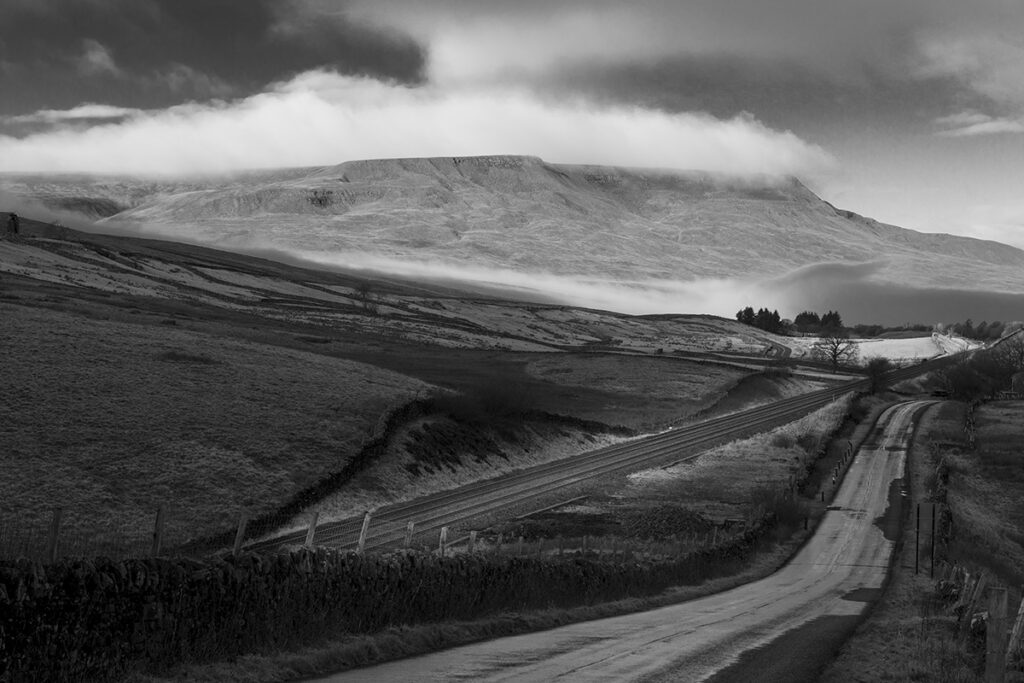Complete Yorkshire Dales Landscape Photography Guide
The Yorkshire Dales offers landscape photographers a distinctive tapestry of rolling hills, ancient limestone formations, cascading waterfalls, and timeless rural scenes. Unlike the dramatic peaks of the Lake District or the rugged edges of the Peak District, the Dales presents a more intimate, pastoral beauty that rewards patient observation and a deeper connection with the land. As a photographer who has wandered countless miles across this remarkable landscape, I’ve discovered that its true character emerges not just in grand vistas, but in the subtle interplay of light, texture, and centuries of human history.

Complete Yorkshire Dales Landscape Photography Guide: Malham and Swaledale
My photographic exploration of the Dales often begins at Malham, home to some of the region’s most distinctive limestone features. Malham Cove, with its imposing 80-meter curved limestone cliff and intricate limestone pavement above, presents endless compositional possibilities. Arriving before dawn, I’ve captured the first light striking the eastern face of the cliff while the valley below remains in shadow, creating a natural spotlight effect that emphasizes the sheer scale of this geological wonder.
Nearby, Gordale Scar offers a more enclosed, almost cathedral-like space. This dramatic limestone ravine, with its twin waterfalls, feels like stepping into another world—particularly after heavy rainfall when water thunders through the narrow channel. The challenging light conditions here, with bright sky above and deep shadow within the gorge, push a photographer’s technical skills but reward persistence with images of primordial power.
Between Malham Cove and Gordale Scar lies one of the Dales’ most enchanting photographic locations: Janet’s Foss. This magical waterfall, named after Janet (or Jennet), the queen of the local fairies who was said to inhabit the cave behind the falls, offers photographers a perfect blend of flowing water, lush vegetation, and limestone geology. The Wild Guide directs visitors along the wooded path from Malham village, building anticipation until the falls reveal themselves in a secluded grotto. What makes Janet’s Foss particularly special for photography is the incredible quality of light—especially in early morning or late spring when shafts of sunlight penetrate the tree canopy, illuminating the emerald pool below the falls. The surrounding ancient woodland, carpeted with wild garlic and bluebells in spring, provides endless compositional possibilities, from intimate close-ups of water cascading over moss-covered rocks to wider contextual shots incorporating the distinctive limestone stream bed. I’ve found this location to be remarkably productive in almost any weather conditions, though after rainfall when the falls are at their most vigorous is particularly rewarding.
Traveling north, Swaledale presents an entirely different facet of the Dales’ character. Here, ancient field patterns defined by distinctive drystone walls create a patchwork landscape that seems to embody the essence of rural Yorkshire. During late May and early June, the hay meadows erupt with wildflowers, creating carpets of yellow, purple, and white that provide stunning foreground interest against the backdrop of traditional field barns and rolling hills beyond. The classic view from Swinithwaite looking across Upper Wensleydale captures this harmonious relationship between human agriculture and natural beauty that defines the Dales landscape.

Hidden Treasures: Beyond the Tourist Trail
While these renowned locations deservedly attract visitors, my most rewarding photographic experiences have come from exploring the Dales’ lesser-known corners. The invaluable “Wild Guide to the Lakes and Dales” by Daniel Start and Tania Pascoe has been my trusted companion on these journeys. Unlike conventional guidebooks, this treasure trove of hidden locations reveals secret swimming holes, ancient woodlands, and secluded valleys that rarely feature in typical tourist itineraries.
Following the guide’s detailed directions, I discovered the enchanting beauty of Hull Pot on the slopes of Pen-y-ghent. This massive collapsed cavern—the largest natural hole in England—offers striking compositions, particularly after heavy rain when a waterfall cascades dramatically into the chasm. The surrounding moorland provides context for this geological oddity, with Pen-y-ghent’s distinctive profile often visible in the background.
In the western Dales, the secluded valley of Dentdale has yielded some of my most atmospheric images. The River Dee meanders through lush meadows, with ancient stone bridges providing perfect focal points. The Wild Guide directed me to a particular bend in the river near Dent village where, in early morning mist, I captured the essence of Dales tranquility—soft light filtering through riverside trees, reflected in the still water below, with the gentle profiles of Whernside and Ingleborough providing distant context.
Perhaps most magical of all has been exploring the hidden waterfalls revealed in the Wild Guide. Cautley Spout, England’s highest cascade above ground, plunges dramatically down the eastern face of the Howgill Fells. While relatively well-known, the guide directed me to viewpoints few visitors discover, allowing compositions that capture both the waterfall’s vertical drama and its wider landscape setting. Even more rewarding was finding the secret falls at Scoska Cave in Littondale—a location I would never have discovered without the guide’s precise directions.
West Burton Falls: A Photographer’s Paradise
Of all the Dales’ waterfalls, West Burton Falls (also known as Cauldron Falls) holds a special place in my photographic journey. Tucked away behind the picturesque village of West Burton, this waterfall represents everything that makes the Dales unique for landscape photography. The modest height of the falls belies their photographic potential. The classic view from below captures the main cascade framed by moss-covered rocks and overhanging trees, creating a perfectly balanced composition that works in virtually any season.
What makes West Burton Falls truly special, however, is its accessibility and versatility. Unlike many locations that only work in specific conditions, these falls offer compelling images in every season and almost any weather. In spring, fresh green foliage frames the tumbling water; summer brings the opportunity for longer exposures in lower light when the falls are less crowded; autumn surrounds the scene with golden tones; and winter occasionally transforms the cascade into an ethereal frozen sculpture.
The Wild Guide to the Lakes and Dales provided invaluable insights beyond the obvious viewpoints, suggesting alternative compositions from the side of the falls and detailing the best times to visit for optimal light. Following its advice to arrive early on a weekday morning in late autumn rewarded me with absolute solitude and perfect conditions—mist rising from the plunge pool as the first light filtered through golden leaves above.

Seasonal Transformations
Each season reveals different facets of the Yorkshire Dales’ character, offering distinct photographic opportunities throughout the year. Spring brings new life to the valleys, with woodland floors carpeted in bluebells and wild garlic, particularly in the ancient woods around Bolton Abbey and Hackfall. The bright green of new leaves creates vibrant contrasts against the weathered gray of limestone outcrops and drystone walls.
Summer transforms the higher dales into a photographer’s paradise as the unique hay meadows reach their spectacular peak. Locations like Muker in Upper Swaledale offer world-class opportunities to capture traditional farming landscapes largely unchanged for centuries. The longer days allow for extended exploration, though early starts remain essential to capture the magical quality of morning light across the meadows.
Autumn brings a subtle transformation to the Dales. While lacking the spectacular forest displays of other regions, the season offers its own distinctive palette as bracken turns copper across the hillsides and riverside trees add splashes of gold against the ever-present limestone. The lower angle of light during autumn months adds definition to the landscape’s texture, revealing the intricate patterns of field walls and the subtle undulations of the land.
Winter perhaps reveals the true character of the Dales most clearly. When snow blankets the landscape, the essential geometric patterns formed by centuries of land management become starkly visible. The abstract quality of snow-covered field systems, punctuated by the dark lines of walls and isolated barns, creates compositions of remarkable graphic simplicity. The Wild Guide has proven particularly valuable during winter, when its precise directions to viewpoints have saved wandering across snowy terrain.
Technical Approaches to Dales Photography
The varied landscapes of the Yorkshire Dales demand versatile techniques and thoughtful equipment choices. I’ve found that wide-angle lenses (16-35mm) capture the expansive views from high points like Buttertubs Pass, while medium telephotos (70-200mm) excel at compressing the distinctive layers of walls, barns, and hills that characterize dales like Swaledale and Wharfedale.
The Dales’ often challenging light conditions have taught me the value of graduated neutral density filters, particularly for controlling the dynamic range between bright skies and shadowed valleys. For waterfall photography at locations suggested in the Wild Guide, neutral density filters have proven essential for achieving longer exposures even in brighter conditions, creating that silky water effect while retaining detail in surrounding rocks and vegetation.
A sturdy tripod has become non-negotiable, not only for low-light situations but for precise composition in complex landscapes. The Dales’ famously changeable weather means protection for both photographer and equipment is essential year-round. I’ve learned to embrace these conditions rather than avoid them—some of my most compelling images have come when storm light breaks across the landscape, creating dramatic spotlighting effects on distant hills.
Planning and Preparation
My approach to Dales photography has been transformed by the comprehensive “Wild Guide to the Lakes and Dales.” Unlike traditional photography guides, this resource balances iconic views with hidden gems, providing not just photographic information but a deeper understanding of each location’s natural and cultural context. The detailed directions, precise parking suggestions, and walking times have proven invaluable, particularly when exploring more remote areas.
The guide’s organization by geographical area has allowed me to plan efficient photography routes that maximize changing light conditions throughout the day. A typical spring day might begin with dawn at Ribblehead Viaduct, followed by mid-morning light in the tree-tunneled lanes near Dentdale, then afternoon exploring the limestone pavements above Malham Cove as recommended in specific chapters.
Beyond locations, the Wild Guide offers insights into seasonal highlights I might otherwise have missed—from the brief flowering of rare alpine plants on Ingleborough’s limestone plateau to the spectacular autumn colors in hidden corners of Freeholders’ Wood near Aysgarth Falls. This knowledge has allowed me to plan return visits to capture specific natural phenomena in optimal conditions.

Developing a Deeper Connection
Beyond technical skills and location knowledge, my most successful Dales images have emerged from developing a genuine connection with this living, working landscape. Understanding the agricultural rhythms that have shaped these valleys for centuries provides context that infuses photographs with authenticity and meaning. The Wild Guide has deepened this connection through its thoughtful inclusion of local history, folklore, and natural history alongside practical information.
Rather than merely collecting scenic views, I’ve found that the most compelling photography comes from extended time in one location, observing how light transforms the landscape throughout the day. The traditional field barn (or lathe) has become a particular focus of my work—these simple structures embody the harmonious relationship between human habitation and natural beauty that defines the Dales. Each has its own character and context, from remote hillside sentinels to valley-bottom clusters that tell the story of centuries of hill farming.
Whether capturing the perfect reflection in the River Wharfe at Bolton Abbey, the dramatic light breaking through storm clouds over Ingleborough, or the intimate details of lichen-covered limestone at Gordale Scar, the Yorkshire Dales continues to inspire and challenge me as a photographer. It rewards those willing to embrace its subtle moods, to wait patiently as light transforms familiar scenes, and to explore beyond the obvious viewpoints.

The Wild Guide to the Lakes and Dales has been instrumental in this journey, providing the local knowledge needed to be in the right place at the right time while offering broader context that enriches my understanding of this complex landscape. In a region where weather is not just a condition but a central character in the photographic story, this resource has helped me capture not just the visual beauty of the Dales, but something of their timeless spirit—a spirit that continues to draw me back season after season, camera in hand, for one more perfect moment in this most English of landscapes.
